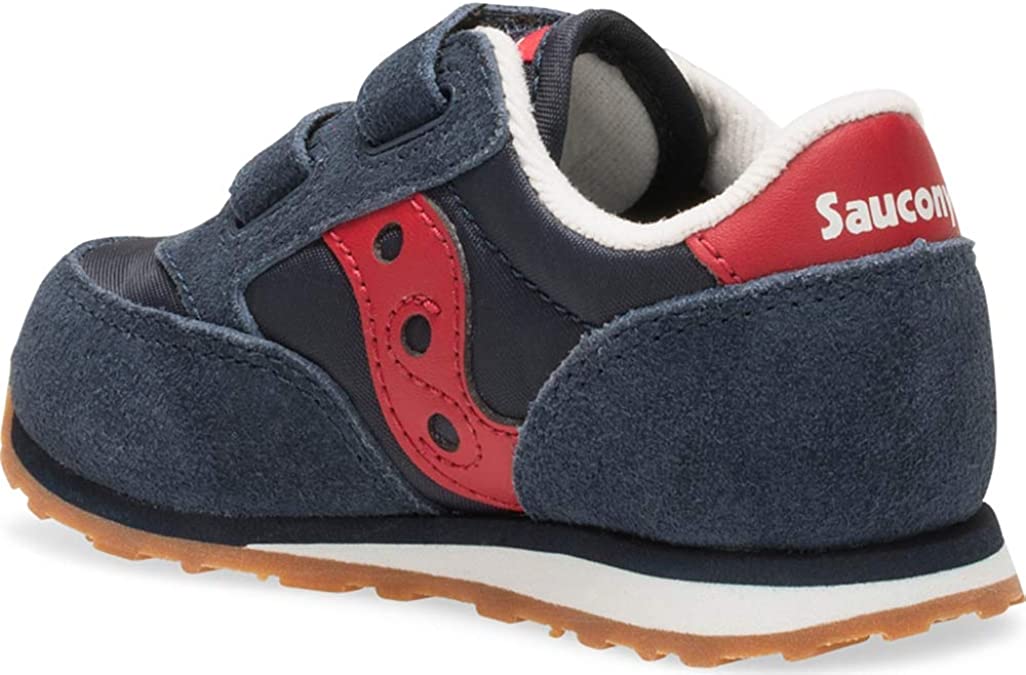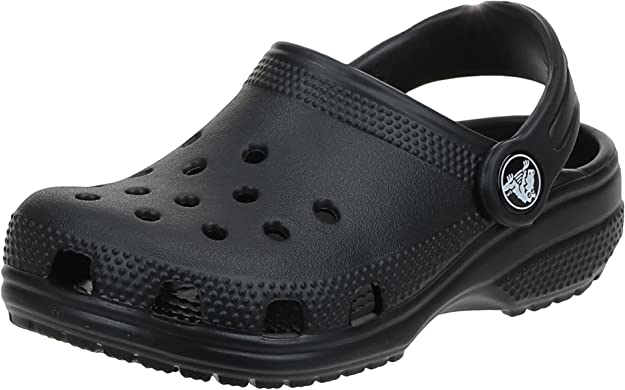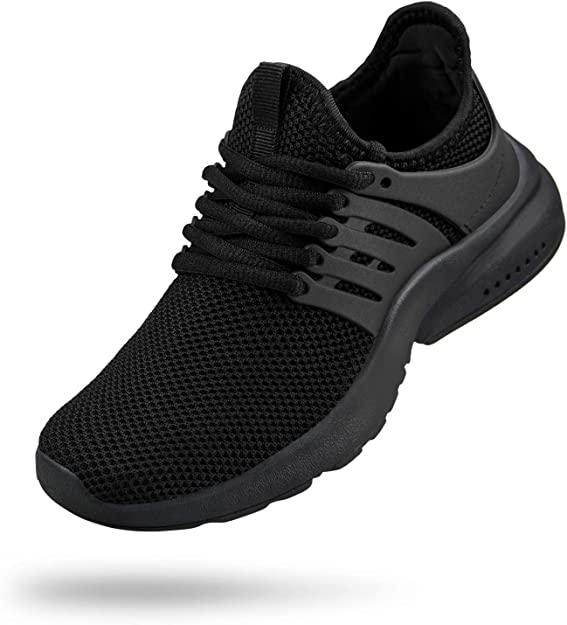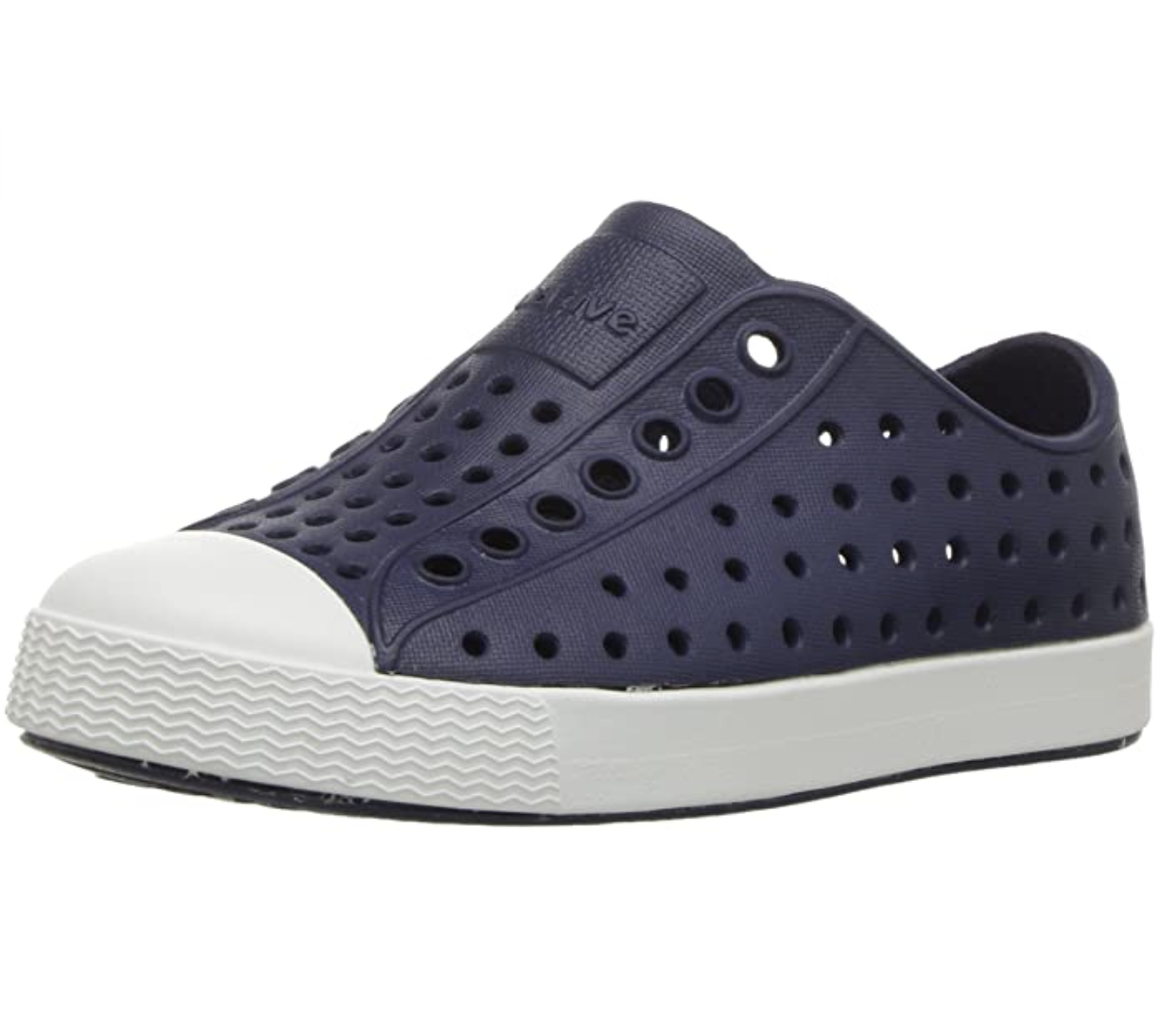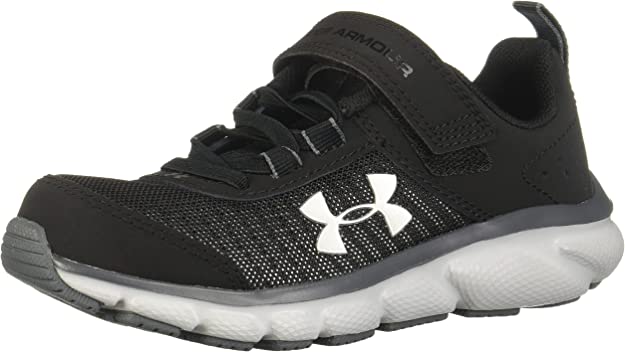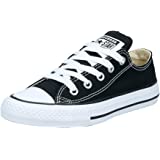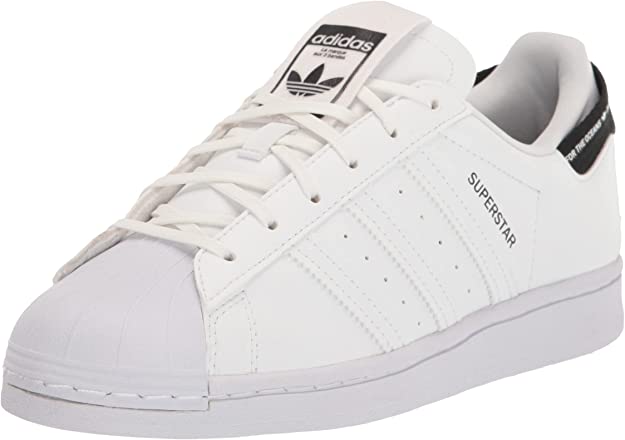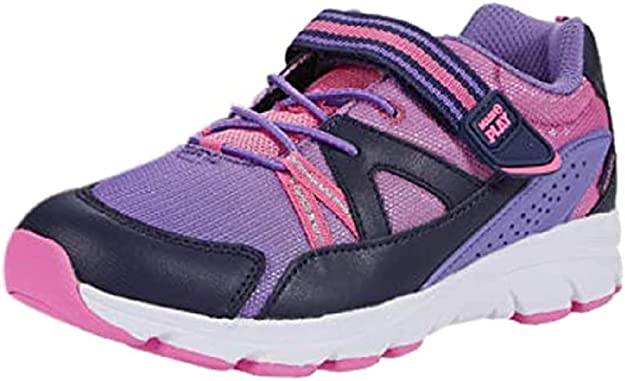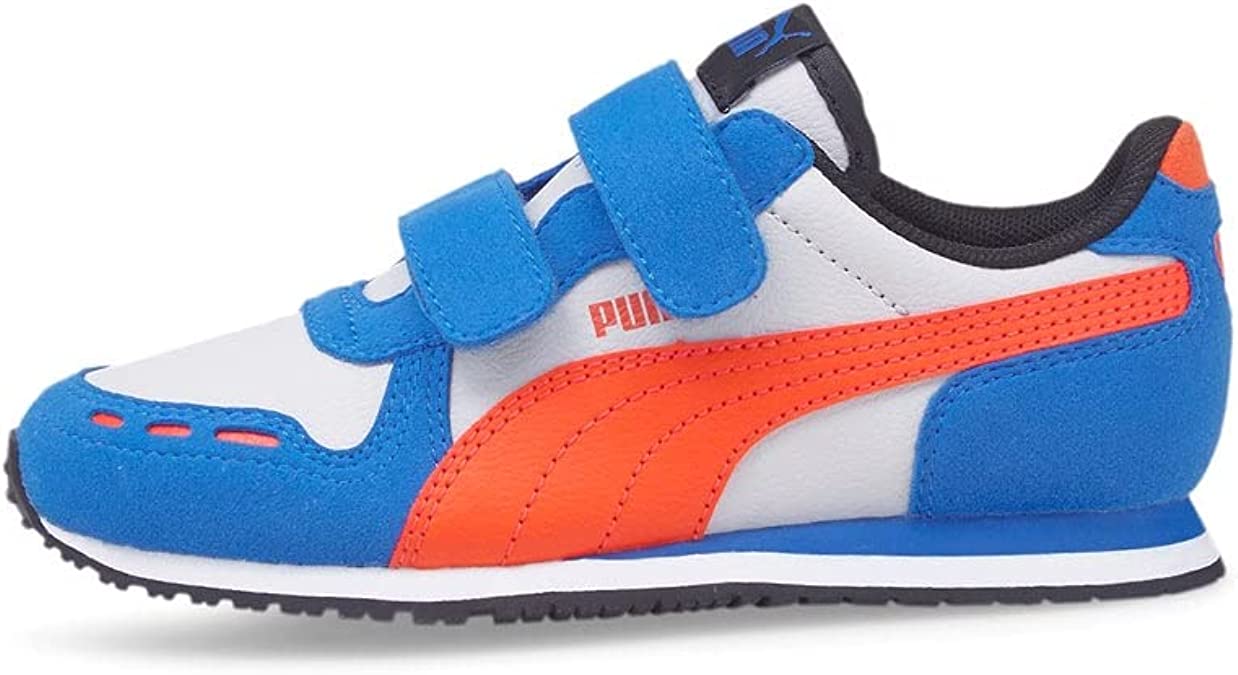Saucony Baby Jazz Leather Velcro Close Kid Shoes
Last updated: February 8, 2023
These kid shoes are made out of suede and mesh, providing flexibility, durability and comfort. The shoes are easy to take off and put on, both for parents and kids.
We looked at the top Kids Shoes and dug through the reviews from some of the most popular review sites. Through this analysis, we've determined the best Kid Shoe you should buy.
Product Details
Key Takeaway: These kid shoes have a large Velcro hook and loop closure that’s easy for kids and parents.
In our analysis of 36 expert reviews, the Saucony Baby Jazz Leather Velcro Close Kid Shoes placed 5th when we looked at the top 9 products in the category. For the full ranking, see below.From The Manufacturer
Slip back into an era of retro styling in the Saucony Baby Jazz. With many different colors and an easy, on/off alternative closure, you can find a Saucony Jazz for every wearing occasion! Saucony is among the most respected names in running shoes. They offer a wide range of running and walking shoes, each with the Saucony trademark fit, feel, and performance. They’ve spent years studying the biomechanics of top athletes because the goal is to develop creatively engineered systems that maximize your performance, allowing you to focus on the activity instead of the equipment. From studies have come many innovative Saucony concepts. Advanced technologies like Grid, the first sole-based stability and cushioning system, provide an advantage to athletes of all types.
